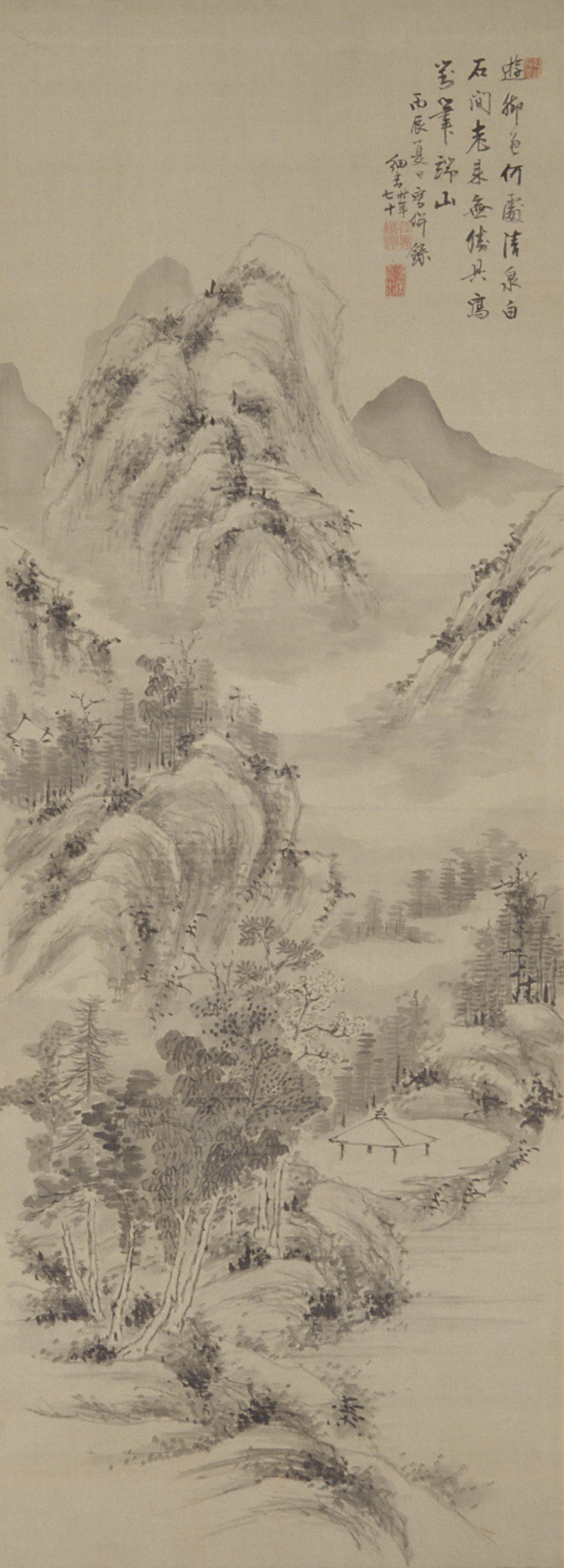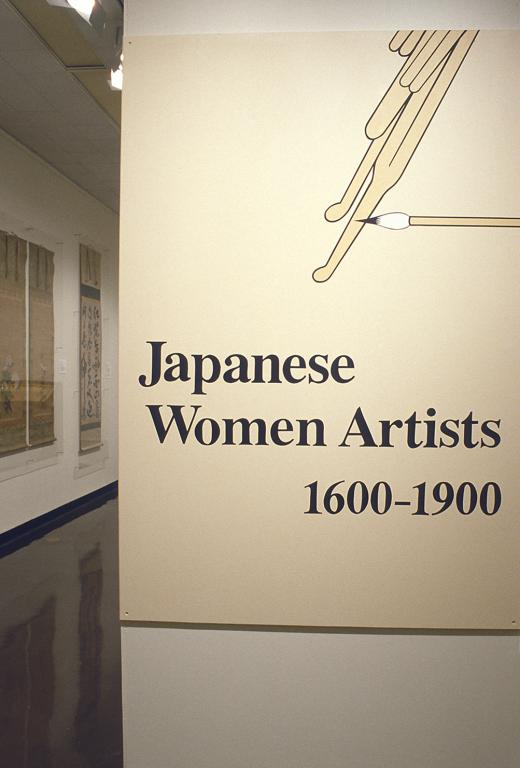Landscape, Ema Saikō
Artwork Overview
Ema Saikō, artist
1787–1861
Landscape,
1856, Edo period (1600–1868)
Where object was made: Japan
Material/technique: ink; silk
Dimensions:
Image Dimensions Height/Width (Height x Width): 118.5 x 43.2 cm
Image Dimensions Height/Width (Height x Width): 46 5/8 x 17 in
Mount Dimensions (Height x Width x Depth): 205.74 x 54.93 cm
Mount Dimensions (Height x Width x Depth): 81 x 21 5/8 in
Roller Dimensions (Width x Diameter): 24 x 1 1/8 in
Image Dimensions Height/Width (Height x Width): 118.5 x 43.2 cm
Image Dimensions Height/Width (Height x Width): 46 5/8 x 17 in
Mount Dimensions (Height x Width x Depth): 205.74 x 54.93 cm
Mount Dimensions (Height x Width x Depth): 81 x 21 5/8 in
Roller Dimensions (Width x Diameter): 24 x 1 1/8 in
Credit line: Museum purchase: Jennifer de Gasperi Memorial Fund
Accession number: 1986.0055
Not on display
If you wish to reproduce this image, please submit an image request





